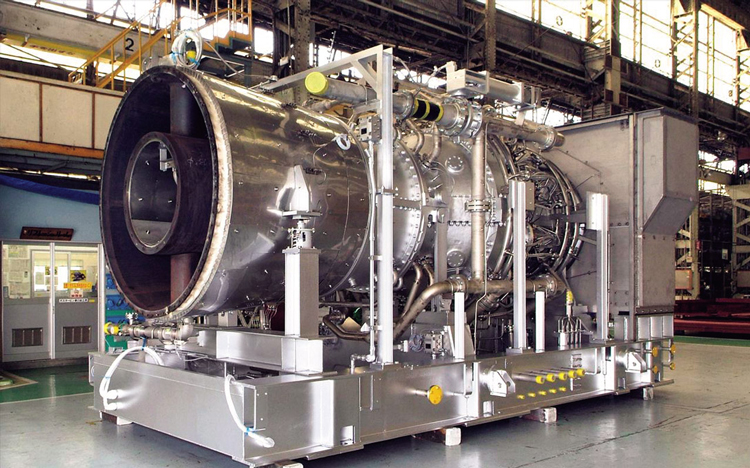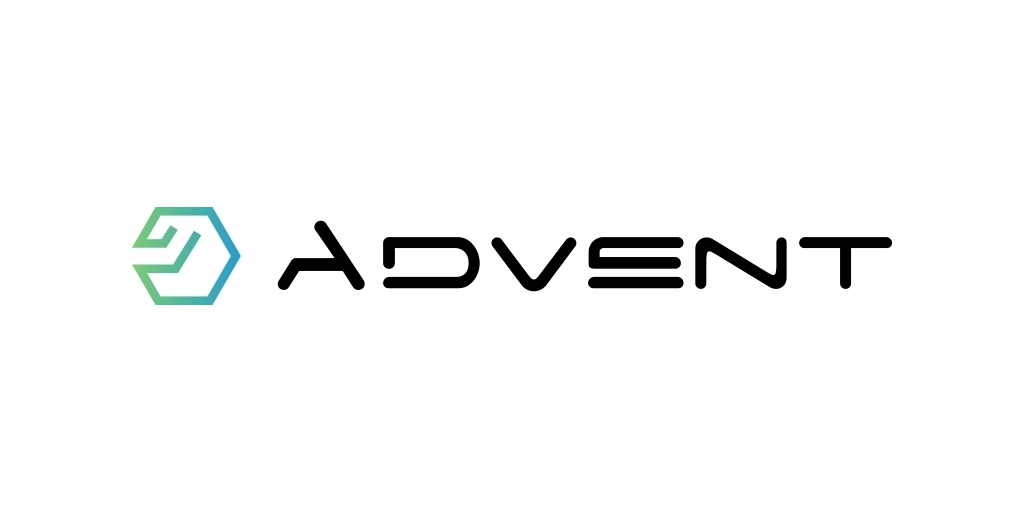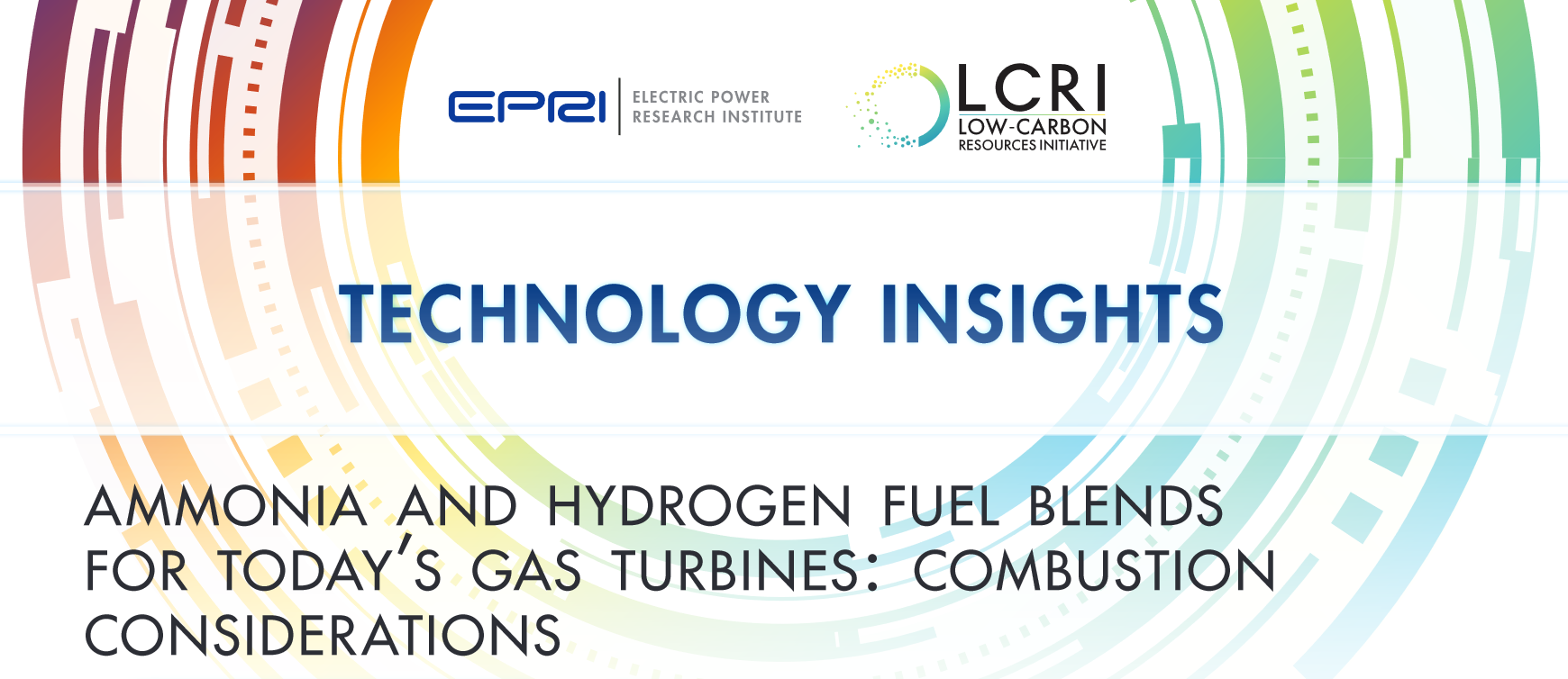Asia
The Ammonia Wrap: commercial turbines, another GW of green ammonia, Viking Energy updates, and "any-fuel" high-temp PEM fuel cells
Welcome to the Ammonia Wrap: a summary of all the latest announcements, news items and publications about ammonia energy. This week: commercialised ammonia gas turbines, TDK and GenCell join forces, another GW of green ammonia production, small-scale green ammonia in rural Japan, hydroelectric ammonia in Laos, Viking Energy vessel updates, new partnerships for Haldor Topsoe and "any-fuel" high-temp PEM fuel cells.
Ammonia Energy Live February - 2021
Last week we presented the first episode in our monthly webinar series: Ammonia Energy Live. Every month we’ll explore the wonderful world of ammonia energy and the role it will play in global decarbonisation - with an Australian twist. To kick things off we wanted to set the scene for 2021 and give you a sense of where the ammonia transition is at - key projects, key milestones and things to be excited about going forward. And, since this is an Australian-focused series, we wanted to explore what’s important about Australia to the ongoing work of the AEA.
The Ammonia Transition: panel wrap-up from the Ammonia Energy Conference
What key challenges lie ahead as ammonia producers embark on the transition to low and zero-carbon ammonia? What are the big producers already doing to smooth and later accelerate this transition? On November 19, 2020, the Ammonia Energy Association (AEA) hosted a panel discussion moderated by Steve Crolius from Carbon Neutral Consulting, as well as panel members Sammy van den Broeck from Yara, Ashraf Malik from CF Industries, and Trevor Williams from Nutrien as part of the recent Ammonia Energy Conference.
Japan's Road Map for Fuel Ammonia
This month, the Japanese Ministry for Economy, Trade, and Industry (METI) began promoting an updated Road Map for Fuel Ammonia, focused on the use of ammonia in thermal power plants and as a shipping fuel. By 2030, Japan expects to import 3 million tons of clean ammonia, with demand rising to 30 million tons by 2050. To secure these volumes, Japanese companies are now making investments up and down the supply chain. These are ambitious numbers, matching Japan’s recent commitment to reach net-zero emissions, but still they miss the big picture. The broader economic opportunity arrives when Japanese companies export their fuel ammonia technologies, decarbonizing coal-fired power plants across Asia, and then supply the fuel to these newly sustainable shipping and electricity sectors. By 2050, the METI Road Map expects Japanese trading companies to supply the wider region with 100 million tons per year of clean ammonia.
The Ammonia Wrap: EU ambitions, new tankers, and GW scale green ammonia in Denmark, Norway, and Chile
Welcome to the Ammonia Wrap: a summary of all the latest announcements, news items and publications about ammonia energy. In this week's wrap: HyDeal Ambition, new marine tankers, fuel forecasts & SOFC developments, a new technical briefing on power generation, UNSW leads research in P2X, GWs of green ammonia in Denmark, Norway and Chile, green ammonia in the Orkneys, new government focus on ammonia in South Africa, and India to make green ammonia production mandatory?








